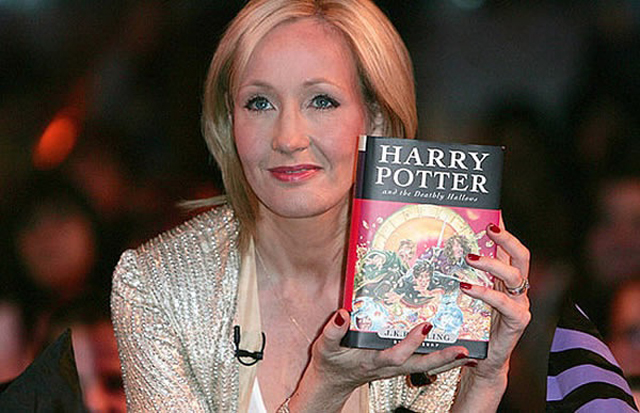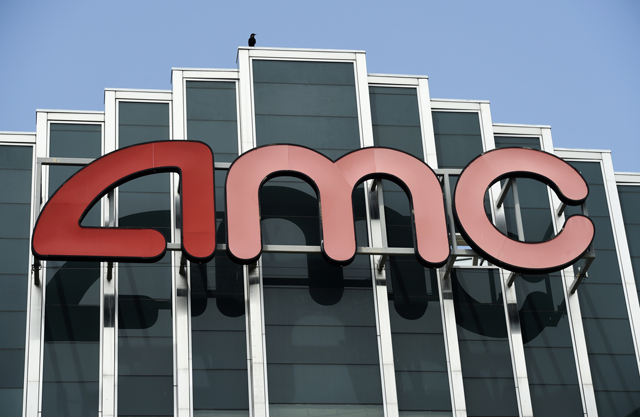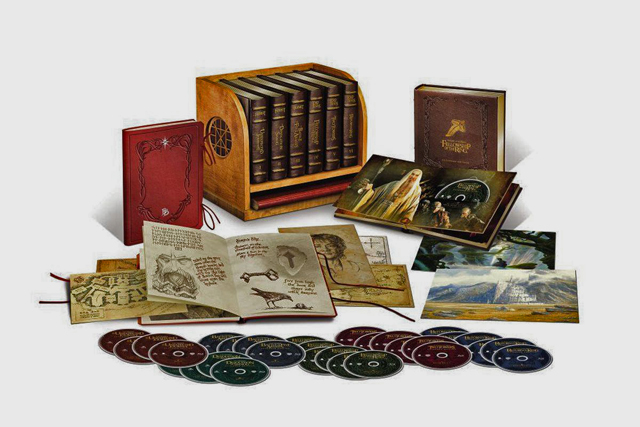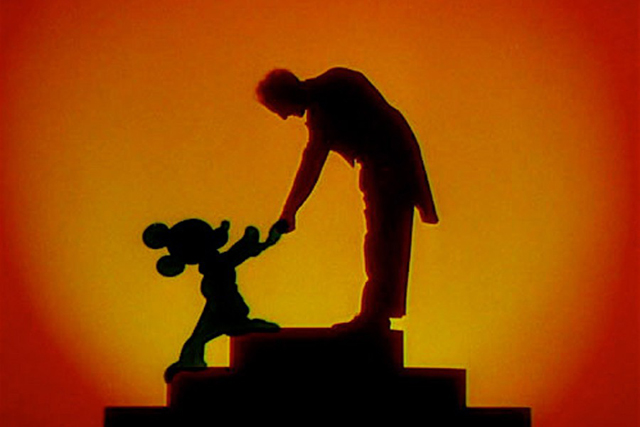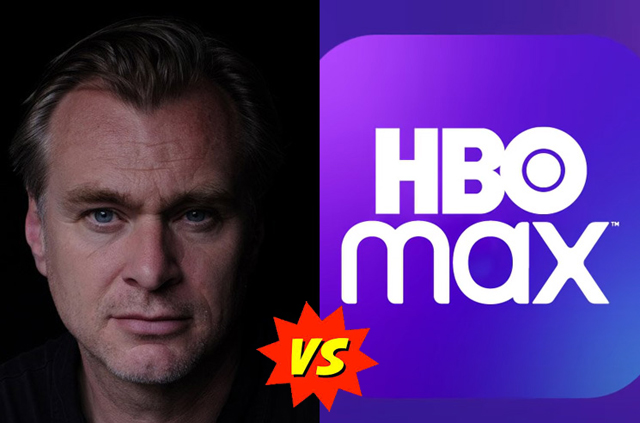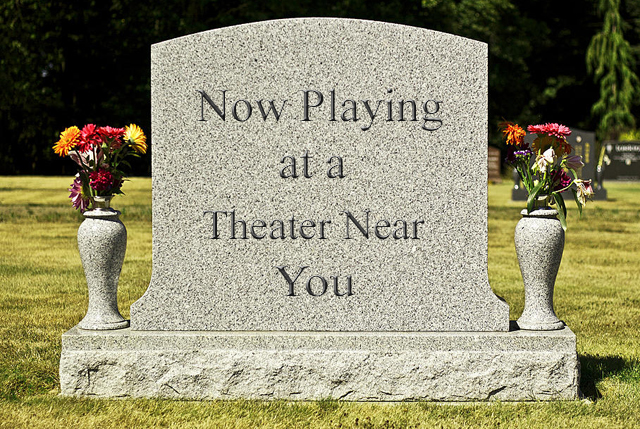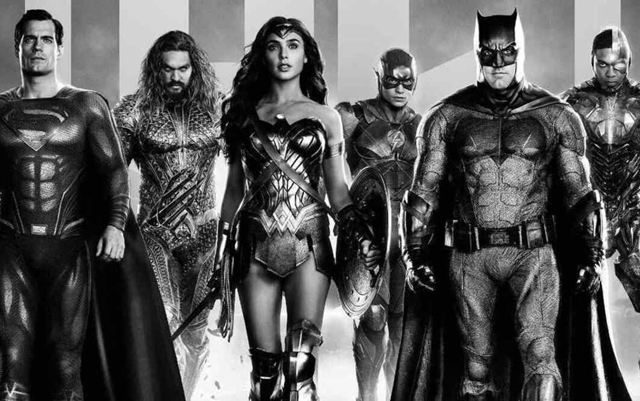
The decade of the 2010’s will no doubt go down as the era of the Super Hero movies. No other genre captured the imagination of audiences around the world as much as it did in those 10 years, and the worldwide box office saw record breaking numbers thanks to movies with comic book origins. In particular, Marvel Comics led the way with their seemingly indomitable line-up of interconnected films, all culminating in the release of the film Avengers: Endgame (2019) which capped a decades worth of on-going storylines and became the biggest box office hit of all time. While this was going on, Marvel’s chief rival, DC Comics, was trying to repeat the same success with their line-up of super hero movies, though the success rate was not quite as consistent as what Marvel was churning out at the same time. Though some movies performed well (2013’s Man of Steel and 2017’s Wonder Woman, for example) other films that were meant to go toe to toe with Marvel’s line-up were falling embarrassingly short. Director Zack Snyder, an established filmmaker within the Warner Brothers stable who had successfully adapted complex comic books into movies like 300 (2007) and Watchmen (2009), was tasked with setting the overall tone for the DC Extended Universe (DCEU) with his Man of Steel being the bedrock on which they were going to build. After Man of Steel’s success, the studio embarked on the next phase of their DC franchise, which was the first ever crossover meeting between two of their biggest Super Hero icons, titled Batman v. Superman: Dawn of Justice (2016). Though expectations were high for BvS, the end result was lambasted by critics and left many comic book fans upset as well, which didn’t bode well for the future of the next project in the pipeline for Zack Snyder and crew; the ill-fated Justice League (2017).
The history of what happened behind the scenes of the Justice League movie has almost become more fascinating than the finished movie itself. Essentially, the ultimate failure of Justice League 2017 was in the fact that it was a movie torn apart by a lot of second-guessing as well as quite a bit of hubris. There was a deep sense of inferiority going on behind the scenes at the Warner Brothers lot, as they were seeing Marvel and their parent company Disney turning into this juggernaut before their very eyes. Warner and DC had to go big, or otherwise concede defeat to longtime rivals, so a lot of big money went into building up the DC catalogue for the big screen. Unlike Marvel however, DC decided to not develop their individual franchises first and instead began to build towards the big epic super hero team of the Justice League as their jumping off point. Origin stories, a staple of the genre, were not to be bothered with, as the studio believed that these characters were already well established in the public’s eye up to this point. Only Superman (played by Henry Cavill) was given a backstory on screen in Man of Steel. By the time Batman v Superman came around, the road to Justice League was already in high swing. Ben Affleck’s Dark Knight and Gal Gadot’s Wonder Woman were introduced at this point and central to that film’s story, but Jason Momoa’s Aquaman, Ezra Miller’s Flash, and Ray Fisher’s Cyborg only got the briefest of Easter eggs. The way that DC and Zack Snyder were setting up their universe was upsetting to fans, because it seemed like it was showing less reverence for the characters themselves and more showing how these character could make a hefty profit for Warner Brothers. This, in turn, led to an underwhelming return for Batman v Superman, which despite making $300 million domestic, it was not enough to justify the enormous cost of it’s production, and performed under what Marvel made that same year with Captain America: Civil War (2016). And this is where the second guessing began.
Justice League was already in the middle of production once BvS premiered, and the latter’s mixed reception did not sit well with Warner Brothers executives who were expecting DC to be competitive with Marvel. Sadly, around this same time, tragedy struck Zack Snyder’s family, as he lost his daughter Autumn to a suicide. Realizing that he needed to be there for his family, Snyder was granted a leave from the production by Warner Brothers. This left the Justice League movie unfinished with a November 2017 release date looming. Though Snyder had left a specific blueprint for his vision of the finished movie, Warner Brothers instead took the opportunity to “fix” what they perceived was the “mess” that Snyder had left them with and decided to bring someone in from the outside to change gears for the entire direction of the DCEU. Joss Whedon, who had previously helmed the first two movies of the Avenger franchise over at Marvel, was hired on to complete Justice League in time for it’s release. And not only was he completing what Zack Snyder already shot, but he was injecting his own style that was very contrary to what Snyder had been working on. The new Justice League was lighter in tone, with each character being more quippy and irreverent (a Whedon trademark). It also cut out a significant amount of story in order to meet a mandated two hour limit by the studio, something that would’ve been a struggle for Snyder, a filmmaker who likes to work long form. So, despite delivering the movie on time, Joss Whedon’s Justice League did not feel complete. It seemed like two movies with opposing tones mashed together and at odds. And with costly reshoots to conform to the Whedon-esque style, the ballooned budget left little time and money to complete the complex visuals of the movie. The finished film’s visual effects are notorious for their cheapness, especially the much lampooned Superman upper lip, because Henry Cavill was unable to shave off his mustache during shooting because of another movie. Suffice to say, what should’ve been a shot across Marvel’s bow from DC, announcing them a powerful force in the genre, ended up a colossal embarrassment that further made them slide behind their rivals at the box office.
When Justice League crashed and burned at the box office, making less in grosses ($220 million domestic) than it’s estimated production budget ($300 million), people were immediately trying to perform an autopsy on what exactly went wrong. For many DC comic book fans, this failure immediately reeked of studio interference, and it’s a fair assessment to make. Warner Brothers wanted their movies to perform like a Marvel movie, so they second guessed their strategy and decided to make their DC movie more like a Marvel movie, hence the hiring of Joss Whedon. But that didn’t stand well for fans of DC, because despite the gloominess of Zack Snyder’s filmmaking style, it does differentiate itself from Marvel. It just further fueled the view that Warner Brothers and DC were falling way short of their rivals, who almost looked like they were brushing off the DC universe without a single thought. A lot of fans online began to wonder what might have been different had Zack Snyder been allowed to complete his vision of Justice League. Would it have been more coherent? More engaging? Would it feel complete? Would it even outdo Marvel? The speculation was further fueled by statements by Zack Snyder after the film’s release that what ended up on the screen was not the movie he intended to make, despite him getting sole directorial credit. Combined with people’s perceptions that they received an incomplete film in theaters, these new revelations from Zack Snyder led rise to the belief that there was a hidden away “Snyder Cut” of Justice League somewhere in the Warner vaults. And when the internet gets a hold of some mysterious lost relic worth talking about, it often begins to take on a life of it’s own. Suddenly in chat rooms and social media posts, people were speculating about the Snyder Cut, and why Warner Brothers was not making it public. In turn, it became a trending topic, and DC fans began the petition #ReleasetheSnyderCut online in the hopes it would get the studio’s attention. Unfortunately, like most things on the internet, something started with good intentions often can turn into something ugly.
The Release the Snyder Cut campaign began small with many DC comics fans spear-heading the march. But, over time, as more time passed after the disappointing Justice League release, the Release the Snyder Cut campaign began to become a forum for something other than the movie itself. It became a place to air grievances about the cultural divide in general, and in many cases, became pretty ugly. Some online trolls used the Snyder Cut campaign to promote their often racist and misogynistic points of view, seeing Snyder’s DC films as the idealized presentation of their hyper-masculine worldview. The Snyder Cut soon became a recruiting tool for more extremist views online, as it became a touchstone for what provocateurs proclaim as proof of “Cancel Culture” run amok. The sad thing is, this toxic discourse began to cloud the Snyder Cut movement as a whole, and reflected badly on those who were trying to promote it. Thus, pushback began against the Snyder Cut movement, because it was believed that it would be giving a victory to these online agitators who were trying to push their extremist points of view, which had nothing to do with the movie itself. The truth is that these online extremists only usurped the movement, and were in no way involved in the actual organizing of the movement itself. Their views were not reflective at all of what Zack Snyder actually believes, nor the organizers of the Snyder Cut campaign, nor the vast majority of those who support campaign itself. Sadly, the Snyder Cut campaign became an unwilling participant in the ongoing and rather stupid “Culture Wars” that the media and the internet likes to formant, using anything as benign as Justice League to Dr. Seuss as a sign of societal decay and oppression, and as a means of pushing forth an agenda that has nothing to do with the subject itself.
Despite the weird turn that the Snyder Cut campaign took in the years since it launched, it did surprisingly capture the attention of Warner Brothers themselves. Seeing how the campaign had taken on a life of it’s own, Warner’s decided to take another look at what was left on the cutting room floor with Justice League. Indeed, there was a lot (almost double what ended up in the final movie), and it became possible for their to be enough content to see Zack Snyder’s original vision to completion. The only question was, would it be worth it. The answer came once Warner Brothers began their first stages of launching a streaming service, which would ultimately turn into HBO Max. Naturally, if you are going to go big into the streaming wars, you need a project that is going to generate a lot of buzz for your service to justify the subscription price. So, seeing the frenzy around the Snyder Cut, Warner Brothers saw it as a possible good investment to invite Zack Snyder back to complete his vision of Justice League. This immediately grabbed everyone’s attention, because after years of fervent and sometimes ugly discussions online, we were given not just the confirmation that the Snyder Cut was real but that we were actually going to see it for ourselves in the near future. This benefitted the studio, because it brought much needed buzz to their struggling launch of HBO Max, and it was able to take some of the heat off them, as they no longer looked like the bad guys for ruining the film in the first place. Zack Snyder did graciously take back the role, but with the caveat that he be given full reign over the complete film. This involved even further reshoots, as well as money to complete the half finished visual effects from the original movie. But, in the end, he got what he needed, and the pressure was not as heated this time, because there was no danger of how it would perform at the box office. This was something meant to bring people to HBO Max, and it no longer needed to be made to please everyone; it just needed to be unique enough to drive people to subscribe.
The timing for Zack Snyder’s Justice League to launch on HBO Max comes at an interesting time, because the fallout of the original movie is still causing a major rift within the studio to this day. Ray Fisher, the actor who portrayed Cyborg in the movie, has had a particularly contentious relationship with Warner Brothers after his experience working on Justice League. Part of why the Snyder Cut movement had wings for such a long time is because Fisher was championing Snyder’s work on the film and he stated that most of his performance is what got cut from the theatrical version. Not only that, he has publicly called out Warner Brothers for what he considered to be a hostile working environment during the reshoots, going so far as to accuse some at the studio of racial discrimination. In particular, he called out Joss Whedon for what he states were unprofessional and hostile behaviors directed to people on the set, including himself. Further accusations were also leveled at DC Films execs Geoff Johns and Walter Hamada, stating that they continued to promote the toxic work environment around the making of the film, and ignored his past complaints. While a lot of this is still under investigation, Fisher’s revelations have opened up a larger discussion about how cast and crew are treated on set, and in particular those who are people of color like Fisher. He found it very peculiar that of all the characters in the movie, the one whose story got the axe the most was the one POC member of the Justice League team, whom Snyder originally intended to be the heart of the film. Some of Fisher’s complaints about Whedon have also been given more weight, as past actresses on some of Joss’ TV programs have come forward with their own experiences of abuse on his sets. Sadly, the contention between Fisher and Warner Brothers has severed any further creative relationship, as Ray has since been fired from reprising his role as Cyborg in a future Flash movie. Couple this with the fact that Ben Affleck and Henry Cavill have already said farewell to their own roles as Batman and Superman, and Zack Snyder’s Justice League has now become a relic of a past DC universe that is no longer relevant.
But, for all the trouble that it took to finally get here, the Snyder Cut is a reality and is now playing on HBO Max. And boy is it a behemoth. Running 4 hours long (that’s right) it is a full hour lengthier than the next longest film in the genre (Marvel’s three hour long Avengers: Endgame) and double the original theatrical cut. Zack Snyder originally intended this to be a two part saga, and for a while, he and Warner Brothers were looking at turning it into a limited series for HBO Max, until ultimately deciding to release it as one full block. I watched the entire thing earlier this week, and in lieu of a full review, I can say that the Snyder Cut is better than the original theatrical cut of Justice League, but not a whole lot better. The same flaws in the overall story are still there, and I think that Zack Snyder’s own stylistic indulgences continue to hamper whatever momentum he can get out of this story in general. It’s very fundamentally flawed in that way, no matter how complete it now feels. Even still, there are significant improvements in a lot of aspects of the movie. The visual effects for one feel more complete and look much better. Zack Snyder still relies a little too heavily on CGI, but thankfully the time and money was put into this version and it doesn’t have the cheap feel of the original anymore. The villain, Steppenwolf, is also much better both in animation but also as an element of the story. He now has motivation and he is far more menacing a threat now. And perhaps the best addition of all is that we finally get Cyborg’s complete story, and see that Ray Fisher was indeed justified in his anger over how he was treated in the original cut of the film. Zack Snyder may not be everyone’s cup of tea as a filmmaker, but as we’ve learned he is respected enough to be championed by his cast and crew and defended by his fans, so much so that he rode this goodwill towards seeing his vision to completion. Not only that, but as shown in the final credits, we find that Snyder is able to finally put to rest a painful chapter in his life with a sense of triumph in the end. He dedicated the finished movie to his late daughter Autumn with a sweet memorial in the credits. In the end, the road to completing Zack Snyder’s ultimate version of the Justice League movie is going to stand as one of the most peculiar journeys any movie has ever taken. Originally butchered in a moment of desperation by a studio, and using the director as a scapegoat for a mistake in direction that they set in the first place, Zack Snyder’s Justice League is no longer a mystery but now a reality. It still may not be pretty, but it is triumph in a way to seeing a past cinematic injustice being righted. Though the DC Universe has largely moved on from where Zack Snyder was intending it to go, which does feel awkward now as his Justice League ends with some sequel baiting, his full complete vision may indeed stand as the high point of DC films, at least with regards to it’s attempt to deliver the biggest possible DC movie possible. In addition to the film finally being complete, we also have a finale to the tumultuous story of the Snyder Cut and it’s one that in some ways feels a bit triumphant to some people. While there are still many problems surrounding the movie to address, especially in the larger cultural sense and with Warner Brothers corporate practices, we can finally see the full version of the movie for ourselves and judge it accordingly. And for Zack Snyder, he can finally put to rest one of the worst chapters in his life and show the world what he wanted us to see. The Snyder Cut is released; now we can finally move on from it.

